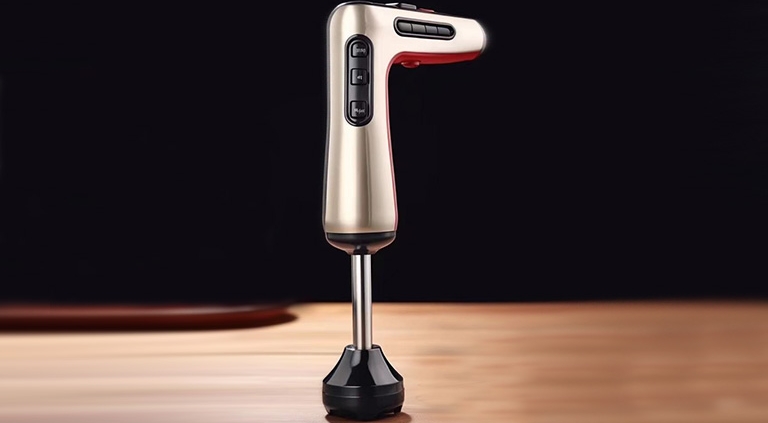Thin-film pressure sensors, as a new type of high-sensitivity sensor, are gradually being applied in various electronic devices and systems. In the field of switch applications, thin-film pressure sensors demonstrate many advantages that traditional mechanical switches and other types of sensors cannot match. This article explores the characteristics, technical advantages, and broad application scenarios of thin-film pressure sensors in switch applications.
Characteristics of Thin-Film Pressure Sensors
Thin-film pressure sensors are made of thin-film materials and have the following notable characteristics:
- High Sensitivity: Capable of detecting very small pressure changes, ensuring accurate switch operations.
- Lightweight and Flexible: Can be integrated into various devices without adding thickness, maintaining the aesthetic design of the device.
- High Reliability: Long service life and strong durability, able to adapt to various usage environments.
- Low Power Consumption: Thin-film pressure sensors consume very little power without compromising performance, making them ideal for portable electronic devices.
Technical Advantages
Precise Touch Control: Thin-film pressure sensors provide precise pressure response, making switch operations more sensitive and accurate. They can effectively recognize and respond to both light and heavy presses.
Flexible Design: The flexible design of thin-film pressure sensors allows them to conform to any curved surface, making them suitable for devices with complex shapes and expanding their range of applications.
Strong Anti-Interference Ability: Thin-film pressure sensors are resistant to external electromagnetic interference, ensuring stable operation in various environments and providing reliable switch control.
High Integration: Thin-film pressure sensors can be integrated with other electronic components, simplifying the internal structure of devices and enhancing overall product performance.
Application Scenarios
1. Smart Homes
In smart homes, thin-film pressure sensors can be used for light control switches, audio control switches, and other devices. Their high sensitivity and flexible design allow users to easily control devices from any position or angle, improving the user experience.
2. Portable Electronic Devices
Thin-film pressure sensors are suitable for the buttons of smartphones, tablets, and other portable devices. Their thin design does not affect the appearance and weight of the devices, while providing precise touch feedback and enhancing the operational feel.
3. Medical Devices
In medical devices, thin-film pressure sensors can be used as control switches, ensuring reliability and safety during medical operations. For example, touch switches on surgical instruments require high sensitivity and reliability, which thin-film pressure sensors can meet.
4. Industrial Control
Industrial control equipment requires highly durable and reliable switch systems. Thin-film pressure sensors can operate stably in harsh environments, providing reliable switch control suitable for automated production lines and control panels.
Application Examples
- Smart Light Control: Thin-film pressure sensors integrated into wall switches allow users to control lights with a simple touch, making operation easy.
- Smartphone Buttons: Side buttons on smartphones use thin-film pressure sensors to provide precise button feedback, improving the user operation experience.
- Surgical Equipment Control: Thin-film pressure sensors are used for critical operation switches on surgical equipment control panels, ensuring safety and reliability during surgeries.
- Industrial Robot Control: Thin-film pressure sensors on the control panels of industrial robots ensure stable control in complex environments, improving production efficiency.
Conclusion
Thin-film pressure sensors exhibit unique advantages in switch applications, including high sensitivity, flexible design, high reliability, and low power consumption. With continuous technological advancements, thin-film pressure sensors will play an increasingly important role in more application fields, promoting the intelligence and convenience of electronic devices and systems. By effectively utilizing thin-film pressure sensors, we can achieve more precise and reliable switch control, enhancing user experience and operational efficiency across various devices.



